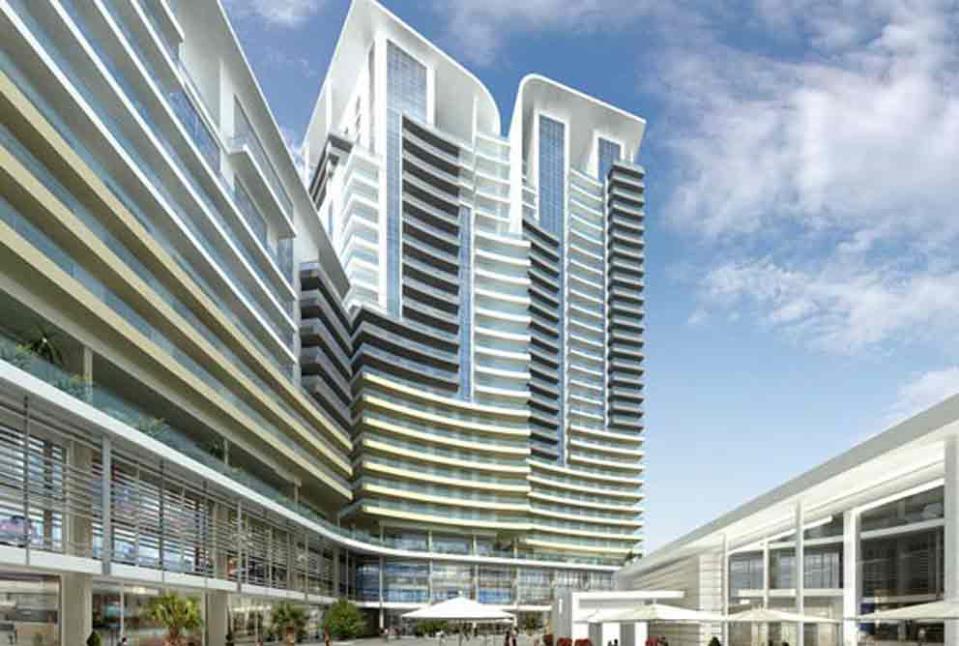Serious and independent studies on high-rise buildings are crucial because they would determine, among other things, whether there is an actual demand for such structures, environmental NGO Flimkien ghal Ambjent Ahjar insists. The eNGO has also warned that building tall structures too close to each other could have a number of effects, including on mental health.
The Malta Independent spoke to FAA’s Astrid Vella and Perit Tara Cassar on the impact that a number of proposed tall structures would have. These include the ongoing Pender Gardens in St Julian’s, as well as the upcoming massive projects at the ITS and Corinthia sites. There also plans for another major development at Villa Rosa in St George’s Bay, the ongoing development at Fort Cambridge in Sliema and the planned Metropolis high-rise tower in Gzira and the Town Square tower in Sliema.

“FAA’s take on high-rise is very simple. We are against all these projects going ahead without the necessary studies. It is of great benefit not only to residents but also to developers to have all the studies carried out in order to have the best possible project. We’re talking not just social impact studies but especially studies on infrastructure, which were glaringly missing in the Sliema Town Square project.” The project had been scheduled to be adjudicated last week but this was postponed as a result of a court injunction filed by FAA and residents.
Massive impact on landscape
The impact that such projects would have on traffic has been discussed at length lately, but Architect Tara Cassar believes that the visual impact will be felt much more. “I think the traffic impact will be strong, however I feel that one of the strongest that the Maltese people will feel and respond to is the massive impact on their landscape. I think it will be a shock. I do not think that people are actually taking in the impact that it will have on their day-to-day basis and realising that these structures will be visible from far, far away.”
Ms Cassar said the high rise projects could possibly lead to a stronger feel of congestion. “These structures are not being planned in a way that provides open spaces. Compared to high rise buildings in other countries they are quite tight. In a number of cases, like Town Square, the distance between the two structures is less than 10 metres. That is a very small, dark and narrow space.”

“This is why we are calling for studies, because all these projects mushrooming up and it is of the utmost importance that these projects are planned holistically,” Ms Vella adds, warning that one structure should not overlap onto the airspace and light of the next one.
Effect on mental health
“When we talk on the effect on landscape there are two main issues. Firstly, there is the issue of long distance views such as is the case with the proposed Mriehel towers. The project comprises four towers which would be built directly in the line of view between Mdina and Valletta. This is supposed to be decided this week. It will obliterate all these iconic landscapes as we know them presently.”
The second issue relates to the proximity of tall buildings. “These high-rise buildings are going to impose themselves on the neighbouring residence, reduce or eliminate their light and air and increase the sense of congestion, which also increases the rate of mental illness. Dr Anton Grech, a leading Maltese psychologist, has confirmed to us that mental illness is highest in the most heavily built up areas in Malta. That will be something that will unfortunately also have an effect on the quality of life.”

Asked if high-rise was the way to go in a small country like Malta if proper studies were carried out, Ms Vella said: “Basically that is a fallacy because we have 42,000 completely empty housing units and that is not counting the others which are used for rental and summer residences.”
The FAA believes that the way to go is as recommended to MEPA by an expert it had brought over from Chicago. “He told the authority to not even think of building tall buildings at this point in time. They are not justified due to the glut of property in Malta and also due to the lack of transport. The St Julian’s area might seem to be more suited but first of all there has to be proven that there is a real demand for such buildings and that there will be a real take up. Secondly even St Julian’s is very much lacking in infrastructure and public transport. This is not something that is going to be solved overnight. It is not up to us to decide but to serious and independent studies. Not developer studies but serious and independent studies,” Ms Vella insisted.